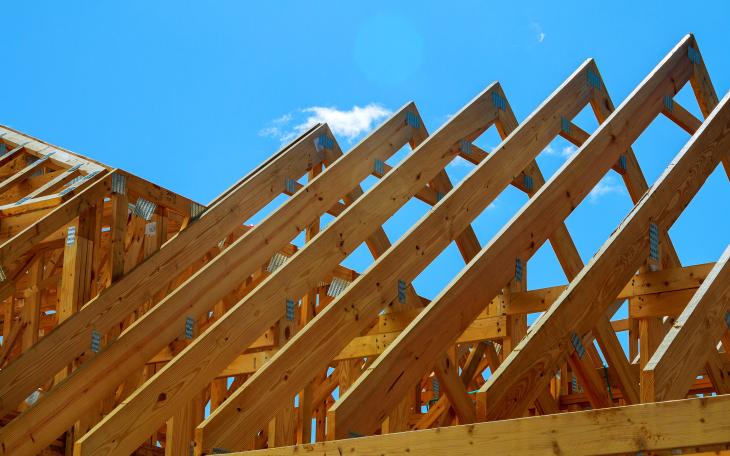Designing new build homes consciously, not hastily

By Austyn Close, Senior Executive
Housing has always been a hot topic and in a city like London, the market can be an especially eye watering experience for young people and first-time buyers. Research from the Bank of England’s economists revealed that the average age of first-time buyers in this country now stands at 31 and has sat over the 30 mark since 2006. As the industry, gets to grips with how it should move forward to cater for demand and improve people’s accessibility to home ownership, there is much at stake for identifying different housing needs for different people. To put it simply, more genuinely affordable housing for lower income groups and senior housing that responds to shifting tastes and social needs.
It’s hard to provide housing for everyone and it’s an issue that private developers and housebuilders face repeatedly. Research from Savills has identified a ‘missing market’ – the family unit – which developers in London specifically are missing out on. This is mainly down to the rule of thumb that one and two-bedroom homes are easier to shift and more accessible in price to a range of investors and owner-occupiers. With high land prices, developers are often squeezed to create greater density of homes in order to ensure they can make a project worthwhile financially. S106 agreements can only do so much in the sense that a variety or certain percentage of new build homes must be of a larger size, but these three and four-bedroom stock units are often built as a tick box exercise rather than as a vital part of a new development’s ethos and culture.
‘Placemaking’ is the number one buzzword in the industry but with sustainability rocketing to the top of almost every company’s priorities, creating sustainable, socially inclusive and well-designed communities that reflect the needs and wishes of its future residents is paramount.
Savills estimates that there are 23,000 households that are moving out of London new build and into second-hand homes for a variety of reasons, but the crux of the matter is that new build developments aren’t catering for family needs in the right way.
Convenience, flexibility, function and practicality are all words Savills uses to describe what families want and need from their homes. With lockdown having a dramatic effect on how we live between our four walls and what we want from them in future, these sentiments are bound to stick around for some time. Families in London don’t want to be faced with barriers and reasons to put them off when viewing their next home – they will want to ensure it’s a safe spot to raise a family in for the long-term. Homes have never come under as much scrutiny as in this current climate. Amenities such as on-site parking, secure storage, friendly neighbours, security, flexible living spaces in the home, play areas for kids and spaces to work or socialise in beyond your immediate home are all considerations for families.
There are a number of regeneration projects across the city that are providing a larger spectrum of product for buyers to choose from in the form of spacious lateral apartments and townhouses but there is always more than can be done. To create a successful place, it must be one which people will be proud to live in and there’s no greater proof point than a happy and growing community.








